In case you are in a situation to race with a bunch of animals. Then you might think you can win from some of them. But what if you are to race with the fastest animals on the Earth? Then I bet it would not be possible to beat any one of them.
The fastest runner bolt has touched 27.33 miles per hour and that would also not be enough to beat some of these fastest animals. So interested in finding out who is the fastest, here we have a list of the top ten fastest animals on Earth.
Peregrine Falcon
You were looking for a race with one of the fastest animals on the planet Earth. Here you have the peregrine falcon. This bird is one of the fastest animals on the record. And it can clock a speed up to a whopping 200 miles per hour. And it is around 320 kilometers per hour. Well, after listening to this, it is better to pack your bags and get this racing thought out of your mind.
So how does a peregrine falcon can clock this much speed? Well, the reason for this speed is linked to the aerodynamic design of the bird’s wings and feathers. This design helps the bird streamline the whole body, thus reducing the drag force as much as it can. Moreover the flight diving approach helps a great deal in the speed.
So these effects, combined with the efficient breathing and circulatory system, these birds are able to clock up to this much speed.
Highlighting Feature
- Fastest recorded animal with a speed of 200mph.
- Flight diving is one of the highlights of achieving this much speed.
White Throated Needletail
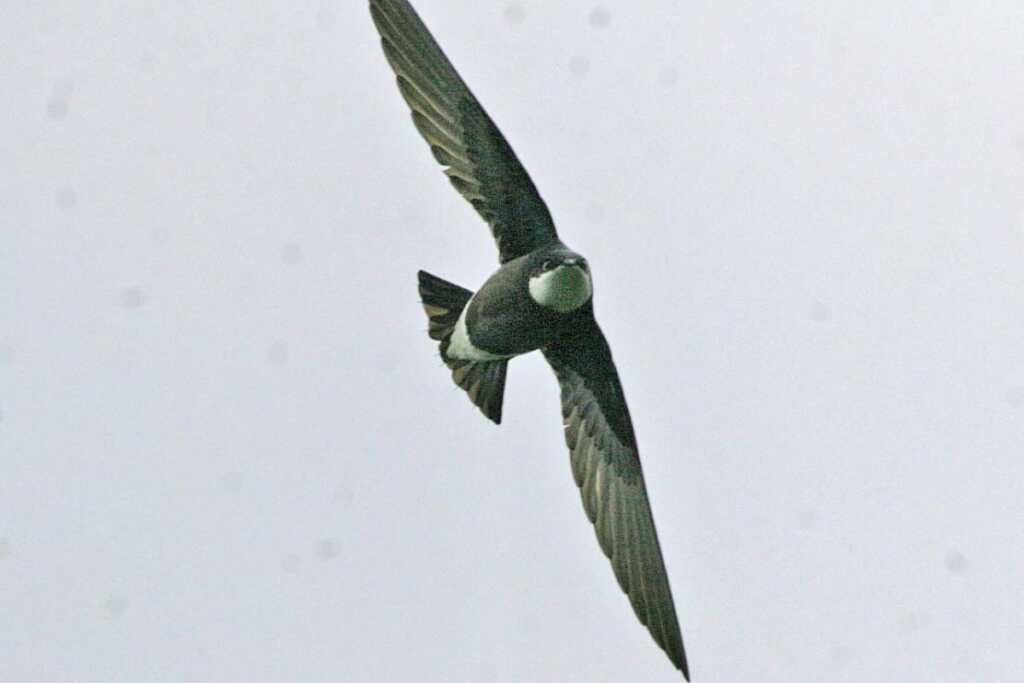
The next one we have on our list is the White Throated Needletail. The White Throated Needletail is the fastest bird if you compare the one in the powered flight. It can clock a speed up to 171 kph.
The White Throated Needletail is one of the fastest birds, and if we find out why it is able to clock this speed. It is because this bird has an aerodynamic design in which the body is barrel-shaped and it has a tail making a highly streamlined body shape. This shape helps in increasing the powered flight speed.
Key Notes
- The bird can clock a high speed up to 171 kph.
- It can reach the highest speed of 171 in horizontal flight faster than any other.
Frigate Bird
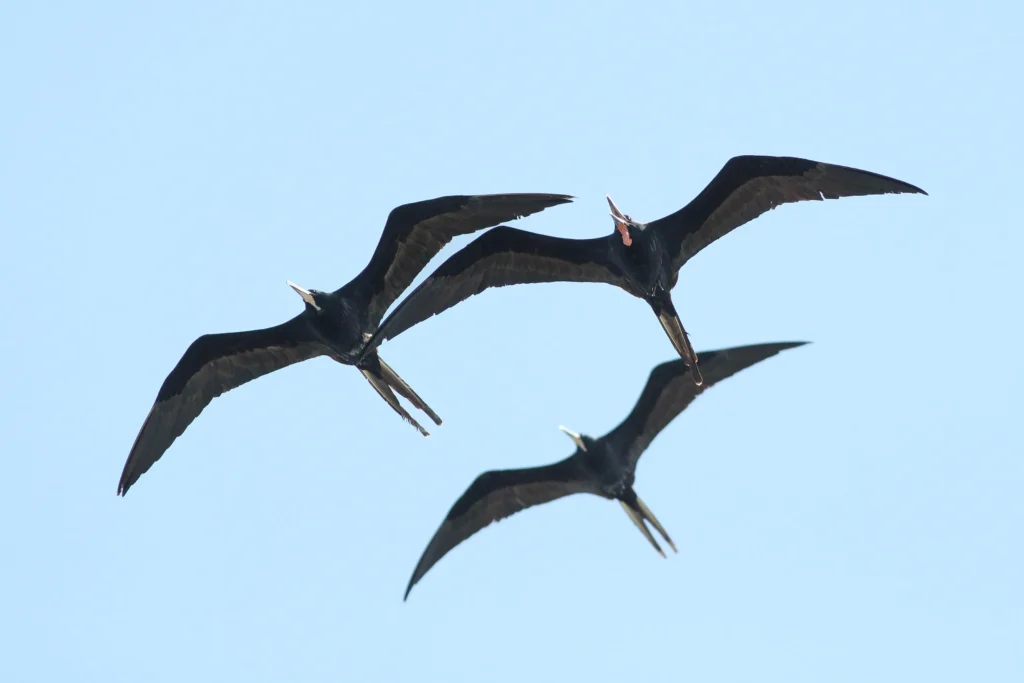
Another one on the list is the Frigate Bird. This bird is capable of going up to a speed of around 95 miles per hour. The frigate birds are one of those birds which are capable of utilizing the air currents. They glide on the air currents and they are masters in using the thermal and the trade winds and can travel without any fatigue.
One of the other things why they achieve their high speeds is that apart from the gliding capabilities, they have the ability to fly against the air flow. With going in the direction of the airflow, the flight is easy, but against the flow, the bird has to actively push, and having this ability to do so makes the frigate bird one of the fastest animals. Moreover, their wingspan to body weight ratio is also large, which means it helps in flight for longer spans.
Key Points
- Frigate Bird has a 95 miles per hour highest speed.
- Wingspan to body weight ratio is also large, helping in longer flight spans
Spur-Winged Goose
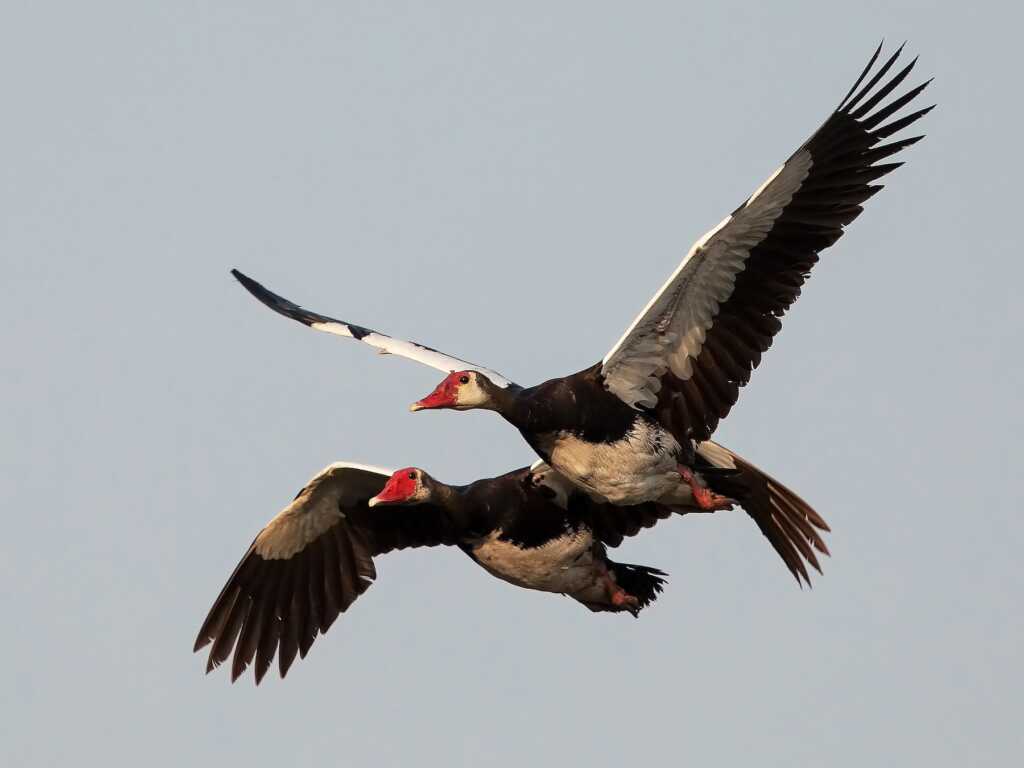
The Spur Winged Goose can clock up to 88 mph. This is quite a decent speed, and in regards to horizontal flight, the spur-winged Goose is one of the fastest animals. Spur-winged Goose have evolved themselves in order to fly that fast horizontally. And have adapted themselves overall in the evolution process to reach these speeds.
Another thing that is surprising about the Spur Winged Goose is that mostly when a bird is large in size and weight it becomes difficult to fly at higher speeds. But despite it being one of the largest species the weight and the size doesn’t hinder their speed. And they are able to clock these speeds during flight.
Highlights
- The highest speed of the bird is 88 mph.
- Despite being the largest in weight and size, it doesn’t hinder their speed.
Cheetah
Enough of flying; what about the fastest animal on the land? Indeed, it, without a doubt, is the Cheetah. Cheetah is the quickest species on the land and can approach 70 mph. The Cheetah has a place in the mammal class and is one of the quickest species on the Earth.
The Cheetah is so quick because of its biomechanics. The spine of the Cheetah is quite flexible. This flexibility in the spine helps the Cheetah in longer strides while running. And with it, the Cheetah also has agility, which helps him maneuver better at higher speeds and helps in hunting.
Other things that help a cheetah in achieving these speeds are that the Cheetah has light bones and the body of the Cheetah is streamlined. This allows the Cheetah to reduce the weight first and fight the drag force.
Highlights
- Streamlined body and agility helps in clocking 70 mph
- The body biomechanics are vital in achieving these speeds.
Sailfish
The first fish in our listicle is the sailfish. The sailfish is given the title of being the fastest fish. It can clock up to 68 mph. The sailfish can travel at these high speeds, and one reason why is that it has multiple muscles in the body, most particularly in the casual fin. These muscles help the body generate significant thrusts, thus generating a greater force to move forward.
One characteristic of the sailfish is fin adaptability. The sailfish can retract the pectoral fins, which makes their body more streamlined. This process reduces the drag force and helps in more efficient speed.
Key Points
- The sailfish can clock up to 68 mph.
- Sailfish can retract the pectoral fins to make the body streamline, increasing the speed.
Pronghorn Antelope
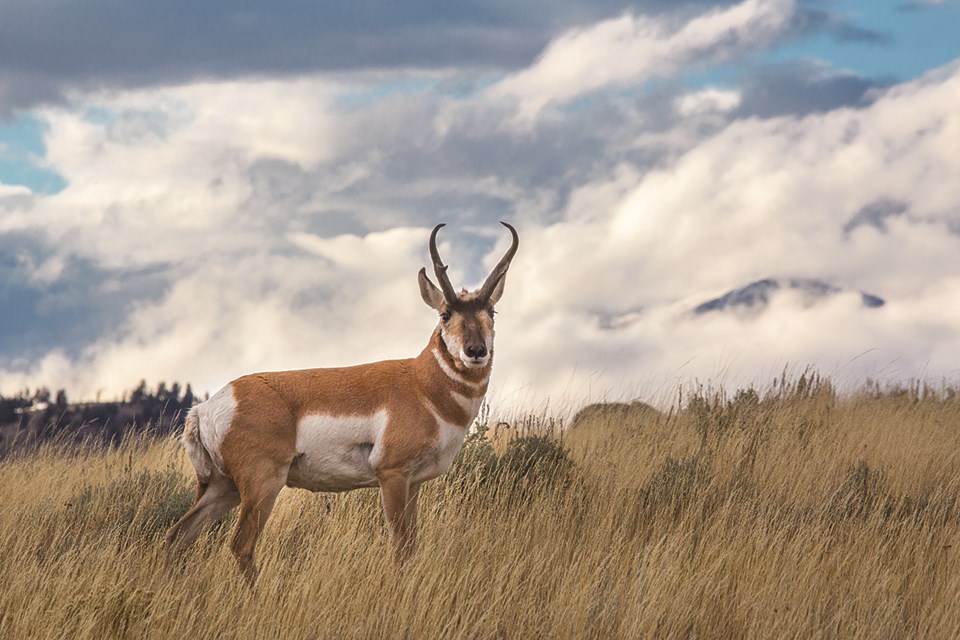
The next one is a mammal, the pronghorn antelope. This animal is the second fastest if we just look at the land animals. It clocks a speed up to 60 mph. It is only behind the cheetah, which travels at a maximum speed of 70 mph.
The pronghorn antelope has features like hollow bones and hollow hair. These features reduce their weight and, thus, help in running at higher speeds without getting interrupted. Another feature that allows for moving at these higher speeds is the muscle power of the pronghorn. The pronghorn has strong muscles, particularly in the legs, and these help in generating much higher speeds.
Key Points
- The max speed is 60mph.
- Hollow bones and less body weight, more powerful muscles help in this speed.
Marlin
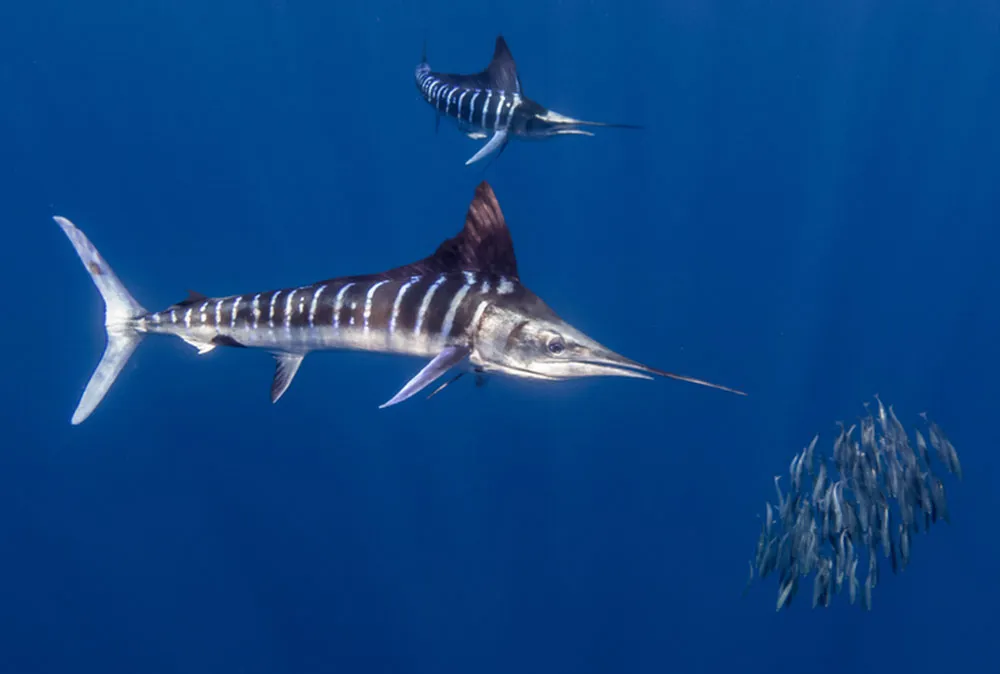
A marlin is a fish that has a rapid speed of 80mph. It is perhaps of the quickest fish on the planet. There is confusion as some sources say the speed is 50 mph.
The body mechanics and the aerodynamic design of the fish’s body help a great deal in achieving this much speed. This design helps in reducing the drag force. Thus, the fish can move at faster speeds relatively easily.
The fish also has a very efficient propulsion mechanism. This helps in increased
maneuverability and speed in the water.
Highlights
- The top speed is 80mph.
- Body mechanics and the aerodynamic design help in achieving this much speed.
Brown Hare

The brown hare is also on the list of fastest animals and goes up to a speed of 45 mph. Humans have used the method of selective breeding in order to make the hares super fast. With selective breeding, the focus was on selecting hare that are more capable of fast speed, and thus, hares with faster speeds were selected to be bred, and their population increased.
The hare also has efficient running mechanics. Its powerful legs enable it to clock speeds up to 45 mph.
Key Highlights
- The top speed is 45 mph.
- Selective breeding is a key factor in faster speeds.
Ostrich
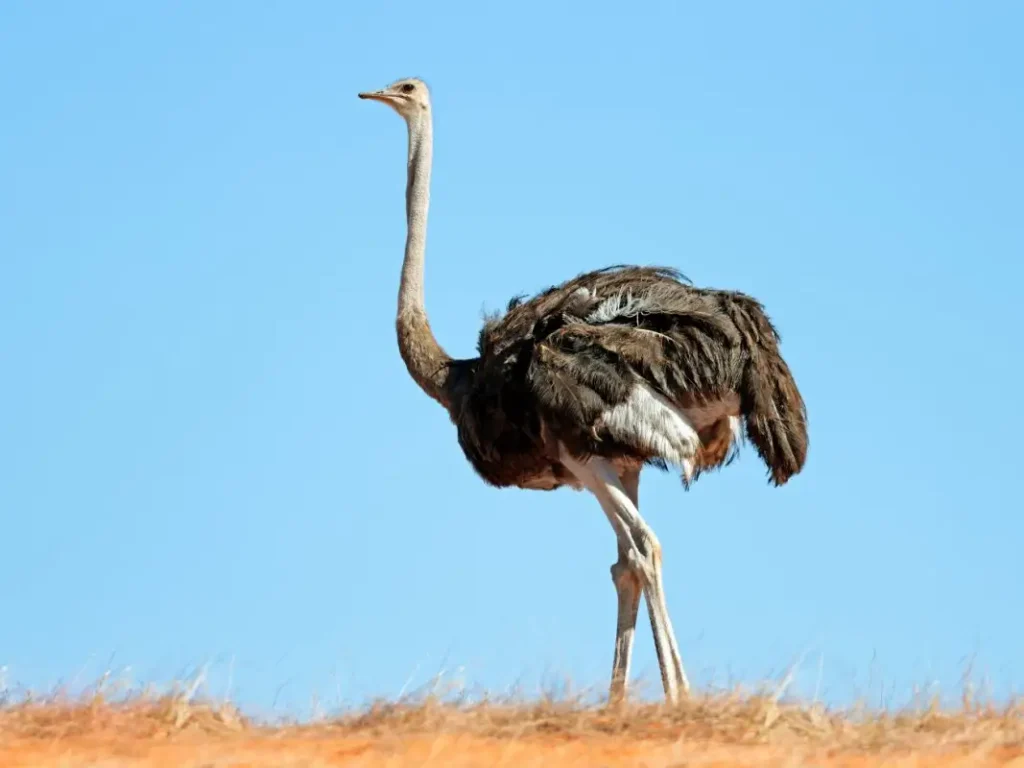
The following one is the ostrich. The ostrich can clock speeds up to 40 mph in short spells. The ostrich has a higher running velocity, and the one thing that helps in this is the different blood vessels network in its legs. The system of blood vessels helps dissipate heat efficiently while running.
The blood vessels system increases the surface area and that helps in dissipating the heat. The
Muscle distribution in the ostrich also helps a great deal in the power sprints of the animal.
The ostrich also has an efficient running mechanism. Ostriches have long tendons, and they act like springs, so they give extra energy to the ostrich in the strides. The ostrich stride can go up to 15 feet so that makes them cover longer distances in short time frames.
Key Highlights
- The top speed is 40 mph.
- Ostrich’s tendons and blood vessels system helps in this speed.









11 Responses
5
1
3
0.5
4.5
3.5
2.5
4
0
1.5
2